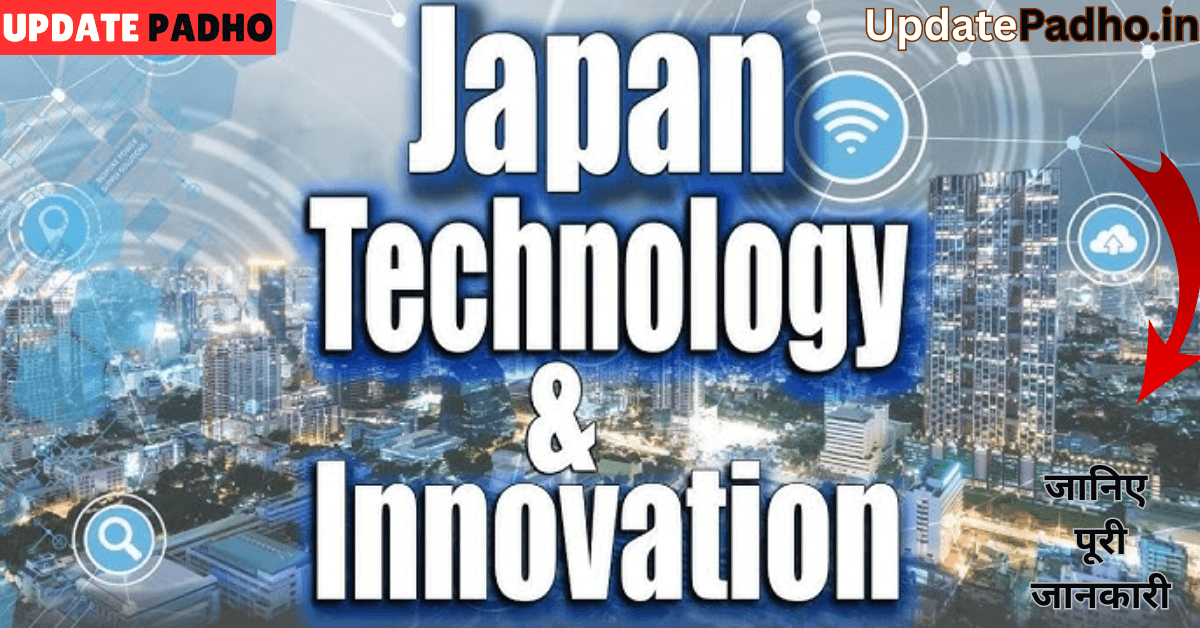Japan’s Technology landscape in 2025
1. AI & Next‑Gen Infrastructure
- Generative AI & enterprise adoption: Japan is actively deploying large-language models (e.g. ChatGPT-style tools) across industries—patient care, smart factories, support desks, and marketing platforms .
- ABCI 3.0 supercomputing: Japan’s AIST is rolling out ABCI 3.0 in January 2025—an AI-focused exascale system boasting 6 exaflops with thousands of NVIDIA H200 GPUs—powering generative AI research.
- Cloud & AI talent boom: Demand for cloud specialists has surged 244% since 2022, with project managers and data analytics talent also in high demand, highlighting a nationwide digital transformation.
2. Semiconductors & Industrial Reinvention
- Domestic chip renaissance:
- Rapidus is on track to produce 2 nm chips, with prototype samples expected by July 2025.
- JASM (TSMC-led JV) already runs 12/16 nm fabs and is expanding to 6 nm by 2027 with hundreds of thousands of wafers capacity.
- Geopolitical industrial strategy: These investments align with Japan’s push to safeguard niche technologies (quantum, solid-state batteries) and prevent strategic asset takeovers.
3. Smart Cities, IoT & Robotics
- Society 5.0: IoT-driven smart city projects (Tokyo, Yokohama) incorporate smart grids, traffic & water systems, and energy-efficient infrastructure.
- Retail robotics: At Expo 2025 in Osaka, 7‑Eleven showcases “newmes”—telepresence robots for customer assistance plus hydrogen-powered smoothie makers and energy-generating floors.
- Driverless trials: Nissan is testing autonomous vans in Yokohama that use lidar/radar tech—Japan aims for full self-driving by 2029–30.
4. Healthcare Innovation
- Universal artificial blood: A revolutionary blood substitute with multi-year shelf life and universal compatibility is under trial in Japan, potentially transforming emergency and remote medical interventions.
5. Energy & Environmental Tech
- Energy strategy pivot: Japan is signing long-term LNG deals to support AI data center growth while advancing renewable and nuclear power under its 7th Strategic Energy Plan.
- Green energy investments: Push toward hydrogen fuel, solar/wind power, fusion research (with UK), and ESG-aligned tech benchmarks .
6. Expo 2025 as Tech Stage
- Osaka Expo 2025 (“Designing Future Society for Our Lives”) runs from April to October, spotlighting solutions around saving, empowering, and connecting lives—perfectly syncing with Japan’s tech-forward narrative.
7. Cybersecurity & Digital Resilience
- Appsec growth: Japan’s application security market is expected to hit $2.75 billion in 2025 and grow at a 13.7% CAGR through 2029.
- Emerging cyber threats: Multilingual and supply-chain attacks, especially ransomware targeting SMEs, are spurring government and enterprise investment in cyber resilience.
✍️ Final Thoughts
Japan is crafting a distinct tech identity centered on AI, semiconductor sovereignty, automation, and sustainability, with strong government-industry backing. This strategy is not about chasing scale (like the U.S./China) but rather excelling in specialized domains. From exascale infrastructure to self-driving vans, from chip fabs to Expo showcases, Japan is actively deploying a future-ready blueprint.
Looking ahead to the late 2020s, keep a close eye on:
- 2 nm chip sample rollout by Rapidus in July 2025
- ABCI 3.0’s formal inauguration
- Osaka Expo innovations
- Expansion of Japan’s smart city IoT networks
Would you like a deeper dive into any of these areas—say, Rapidus, Woven City, or the Expo’s robotics section?


